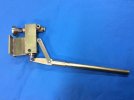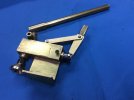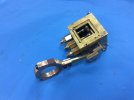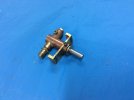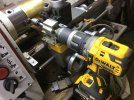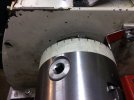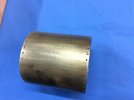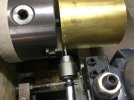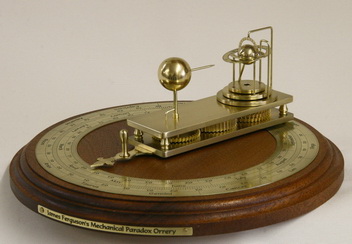mike evans
Active Member
Hello DaveHello Mike
I wasn't aware of Steam Technology, another one to add to my list. Will you fit one injector and an axle pump or two injectors?
Cheers
Dave
Your question has caught me a bit on the hop.
I am following Kozo’s book chapter by chapter and not looking too far forward. However, I have made a three cam oil axle pump so there are three copper pipes passing through three individual non return valves then one pipe to the top of each of the steam chests.
I hope this answers your question.
Cheers
Mike

